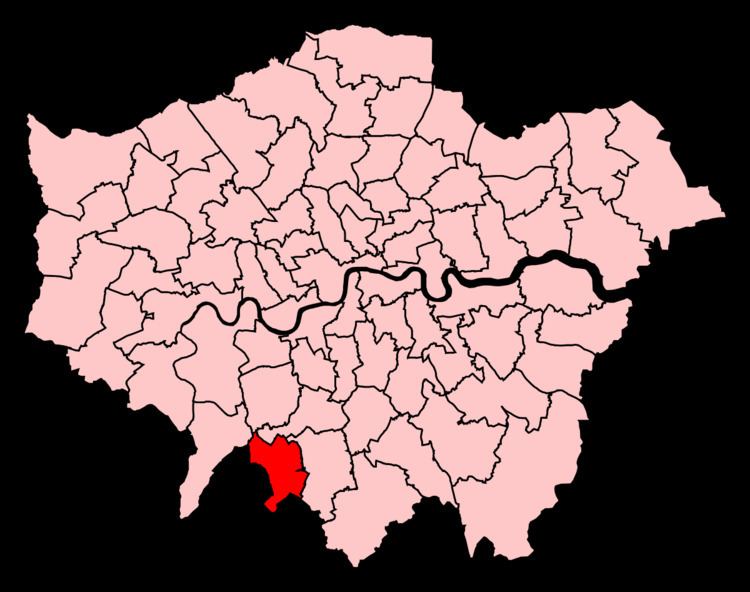County Greater London European Parliament constituency London Party Conservative Party Created from Wimbledon, Epsom | Electorate 66,147 (December 2010) Member of parliament Paul Scully Replaced by Wimbledon, Epsom | |
 | ||
Sutton and Cheam is a constituency created in 1945 represented in the House of Commons of the UK Parliament by Paul Scully, a Conservative.
Contents
Political history
In the media, the constituency has to date been most widely reported on a 1972 gain, with a huge 32.6% swing to the Liberal Party in the by-election of that year.
This seat is a marginal seat taking its history together, which has seen three changes, alternating between its two main parties since 1945, although sometimes in this period its member has enjoyed a formidable majority, sufficient to suggest a safe seat. This seat has not been held by a Labour Party MP – the last finish in second place for the party in this seat was in 1970.
The 2015 result gave the seat the 39th most marginal majority of the Conservative Party's 331 seats by percentage of majority.
Prominent members
Richard Sharples, the second member since 1945, was a former major in the army, served as Minister of State at the Home Office, before resigning his seat in 1972 to take up the position of Governor of Bermuda.
The present member, Paul Scully, was elected in the 2015 election, the Conservatives' first win since 1997 (held by the Liberal Democrats from 1997-2015).
Boundaries
1945-1950: The Municipal Boroughs of Sutton and Cheam.
1950-1974: The Municipal Borough of Sutton and Cheam.
1974-1983: The London Borough of Sutton wards of Belmont, Cheam North, Cheam South, Cheam West, Sutton Central, Sutton East, Sutton North, Sutton North East, Sutton South, Sutton South East, Worcester Park North, and Worcester Park South.
1983-2010: As above plus Rosehill and Sutton West, less Sutton South East.
2010–present: The London Borough of Sutton wards of Belmont, Cheam, Nonsuch, Stonecot, Sutton Central, Sutton North, Sutton South, Sutton West, and Worcester Park.
Constituency profile
The area maintains separate schooling systems, with grammar schools and comprehensive schools, similar to Kingston upon Thames and features more semi-detached, terraced and detached properties than the Greater London average. Workless claimants, registered jobseekers, were in November 2012 significantly lower than the national average of 3.8%, at 2.1% of the population based on a statistical compilation by The Guardian.
